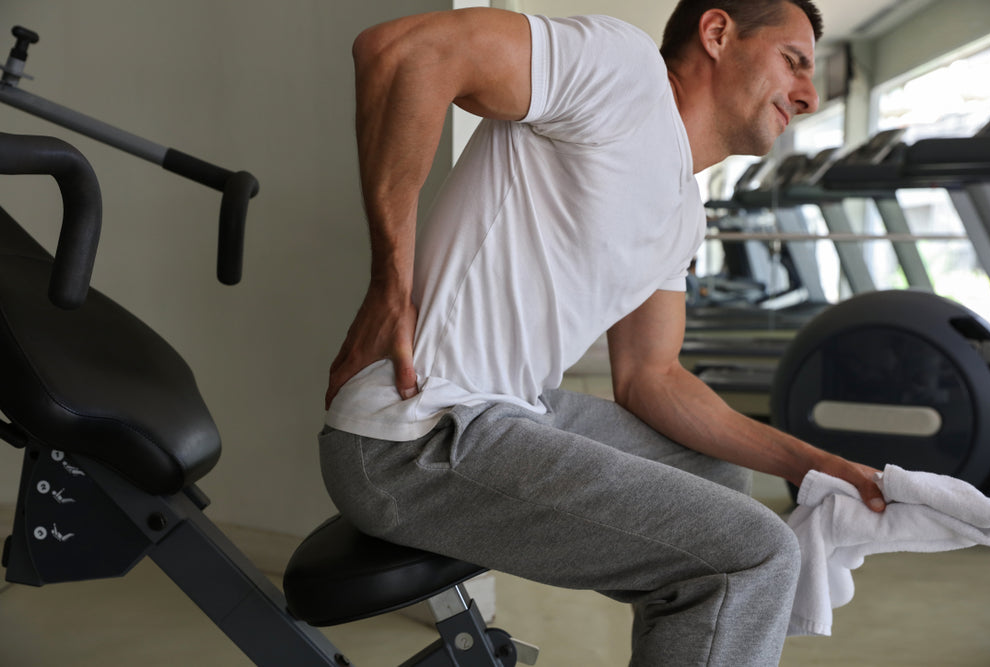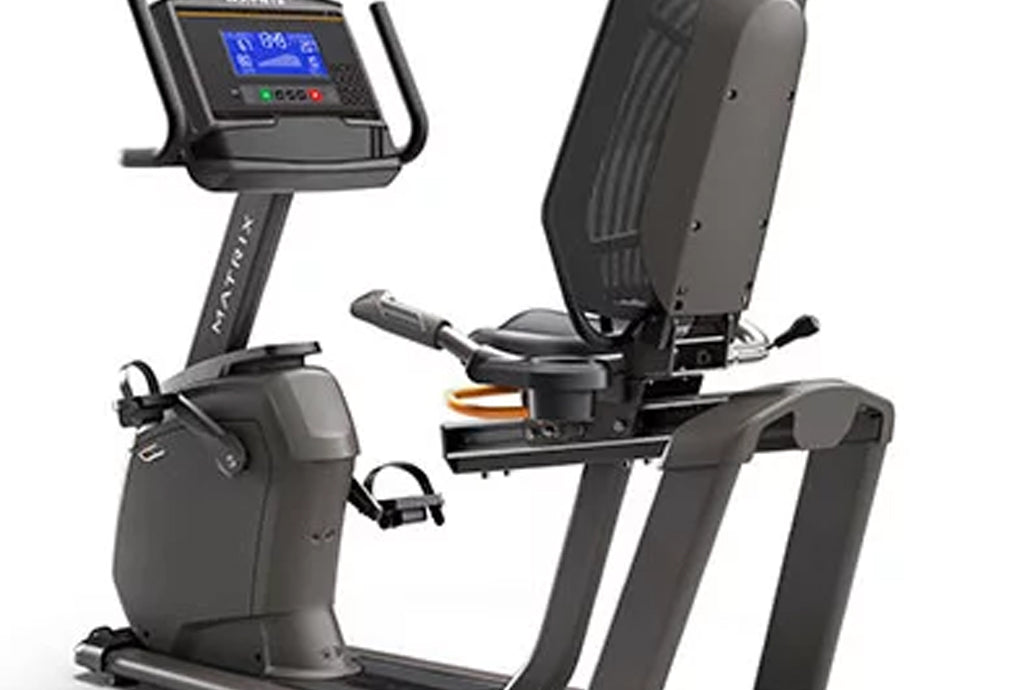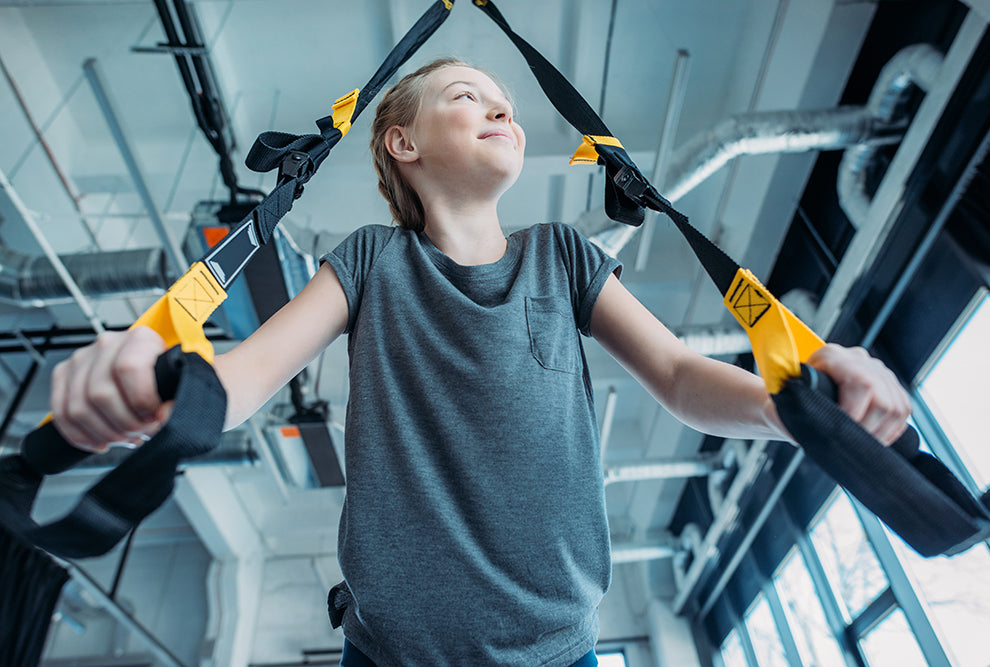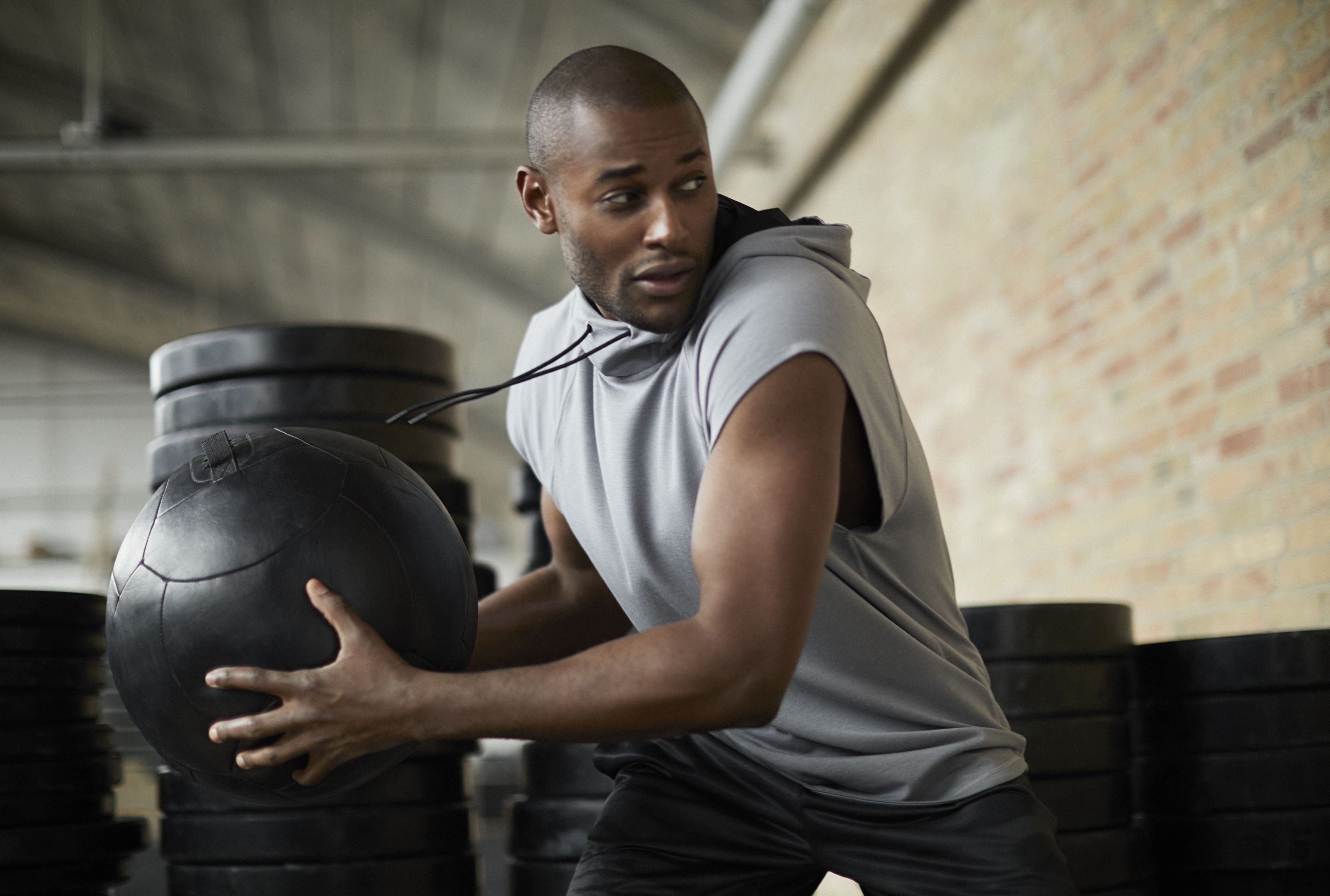
Destroying DOMS for the Newbie
Recently, I was catching up with a friend over lunch. Our conversation covered most of the usual: we spoke of our families, how fast the kids are all growing, our jobs, current events . . . and fitness. My old friend of many years recently started getting back into weight training after taking time off – longer than he would have cared to admit – and he was speaking about his recent workouts. I enjoyed the bantering about how we aren’t getting any younger, as well as the honest juxtaposition of changing lifestyles and the new, necessary training demands of said lifestyles. We both united in the commonality that even though we can’t exactly do the same things we were doing ten years ago, we are still active and train smart enough so that eventually we will be able to roll around on the floor with our grandchildren during our golden years.
Then I saw him stand up.
He rose from the table slowly and painfully. It looked like his knees were going to give out. He could barely fully extend to posture, and he tried to stretch. He must have noticed my look of concern, because as we started heading toward the exit he said, “Leg day was two days ago. I forgot the first ten days are always the hardest when you get back on the wagon. I am definitely feeling it. I won’t be doing legs again for a while!”
As we said our goodbyes and headed toward our individual vehicles, I started to ponder what he had just said to me. I won’t be doing legs again for a while. I should have stopped and probed him more so we could align his new workouts with his motivation. Some kind of goal he set for himself contributed to him pushing himself to the point that he was now barely functional and could hardly stand. I should have asked him what he was trying to achieve with this new regimen; not in a critical way, but out of curiosity, because it has been my experience that people who start a new program usually over train at first. Not only that, but also why he wasn’t going to be doing legs again for a while, and why I really disagreed with that sentiment.
Why are you so sore after a workout and what is Delayed Onset Muscle Soreness (DOMS)?
It’s likely the suffering is delayed onset muscle soreness (DOMS), which is the recovery period 24 to 48 hours after micro trauma in which a person suffers from inflammation. My friend put himself through an aggressive lower body routine and taxed his muscles beyond their capabilities, and he sorely was paying for it, no pun intended. The speedy adaptation of muscular repair on that second day was causing him some pretty serious discomfort when he wasn’t in a rest position. In general terms, DOMS is typically known to be caused by lengthening contractions of the muscle. Typically, eccentric contractions (the negative during the movement) are to blame when you feel it two days later, such as my friend was.
Driving away from the restaurant, the euphemism “no pain, no gain” came to my mind. Surely, someone so sore after an intense strength session must certainly take pride in having an exponential level of tenderness – as uncomfortable as it may be. Having such profound stiffness in the specific muscle(s) that a person purposefully targeted with a strenuous workout would simply have give them some form of intrinsic value and a sense of serious accomplishment, right? And it absolutely should.
Personally I tend to go out of my way to take “longcuts” with many things in my life, which I would characterize as the antithesis of shortcuts. It really is not my intention to make the process of achieving an objective as demanding or stressful as possible, instead I make a conscious effort to be as thorough as manageable, especially with my fitness goals. But more importantly, I try to embrace a challenge with the aim of tackling it as intelligently as I can. That’s why I have have always had a problem with the idea of “no pain, no gain” in the ultra-literal sense, but I will get to that in a minute.
Instead, I rather like the mantra my grandfather used to drill into me: “Work smart, not hard?” he would say. “That’s a load of malarkey. Work smart, AND hard. There are no shortcuts to success.”
Related Products
This is about as real as it gets for achieving your fitness goals.
So, the question I would pose to someone in a similar situation as my friend would be this: what exactly is the correlation between the level of soreness experienced after an intense strength session and the overall benefits of said session? In other words, is the level of your discomfort an accurate representation of the results you will receive?
The answer is a resounding “no.”
There is no science that supports the idea that soreness is an indicator of muscular growth.
Instead, high levels of soreness such as DOMS is simply a result of the body being subjected to a level of intensity beyond what it is capable of. This is why DOMS is extremely common for people who are just starting out and subsides as training continues.
Did he work hard? Absolutely! Is he working smart? Debatable. It is very common for someone to nurse their tenderness by avoiding exercise of that area until they feel the soreness is completely gone and they are 100 percent again. They do this because in their minds, the muscles are “ready.” Unfortunately, they are sabotaging their own progress.
In 2008’s Muscle Soreness and Damage and the Repeated Bout Effect, author Ken Nosaka concluded that muscular soreness is in no way, shape or form, a warning indicator to avoid usage of those respective muscles. In addition, and maybe more importantly, continuing to use the muscles during the period where the individual is suffering from DOMS has no contribution and zero effect on recovery, and does not exacerbate micro trauma.
Should you workout if you’re sore?
In this case, what he should do, is leg day again, and soon.
Why? First, we know his level of soreness is not a reflection of the actual damage, and his discomfort also is not an accurate representation of his workout efficiency. (Obviously – Always talk with a doctor if you’re concerned about any pain) Barring complete immobility or an intolerable level of pain due from DOMS, lifting again would be extremely beneficial. When he first sat down in the booth for our lunch, he seemed to feel (and move) fine. It was the 45 minutes seated in a rest position that caused his DOMS to flare up again, and after walking to the parking lot, his soreness subsided, and mobility improved. It will do the same for his next workout – those first few reps will be very uncomfortable, but if he can push through, the increased blood flow and transportation of necessary nutrients to his quads and hamstrings will speed up recovery exponentially. In addition, it will greatly improve the level of muscular tolerance, which in turn will provide a higher threshold of capacity as he grows stronger, faster, and more explosive during his sessions. If he can’t do it, at a bare minimum I would still recommend he do an active recovery workout – such as low impact cardio.
In the end, the individual needs to trust their body.
Remember, the level of soreness you feel has very little relation to actual growth. Some experts will argue vehemently that a person can maximize a workout and having no soreness afterward whatsoever, but that’s for another blog.
If you really want to dive in deep, here is workout I have designed as the Ultimate DOMS Destroyer! Do this work out for 6 – 8 weeks and you will surely destroy your DOMS, and see results. I have uploaded it on to Google Sheets with a date log, so make sure to print it out track your progress:
FREE DOMS DESTROYER WORKOUT
Going back, perhaps I have been wrong all along about the idea of “no pain, no gain.” It is possible that all this time, I have interpreted the phrase to be a reactive statement, such as “if you aren’t hurting after a workout, you did not train hard enough,” which is reasonable to disagree with. However, I think going forward, I’ll embrace it more as a proactive idea. Maybe it is true in the sense of before the session begins as opposed to after it is over. Maybe you should be sore before you even begin. Maybe when you are sore, you should lift some more. No pain, no gain.
And all because my friend stood up slowly.


















